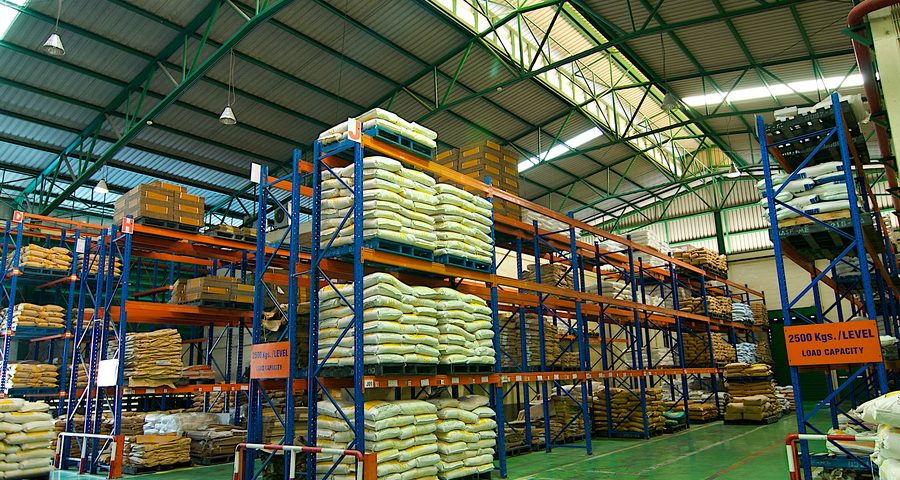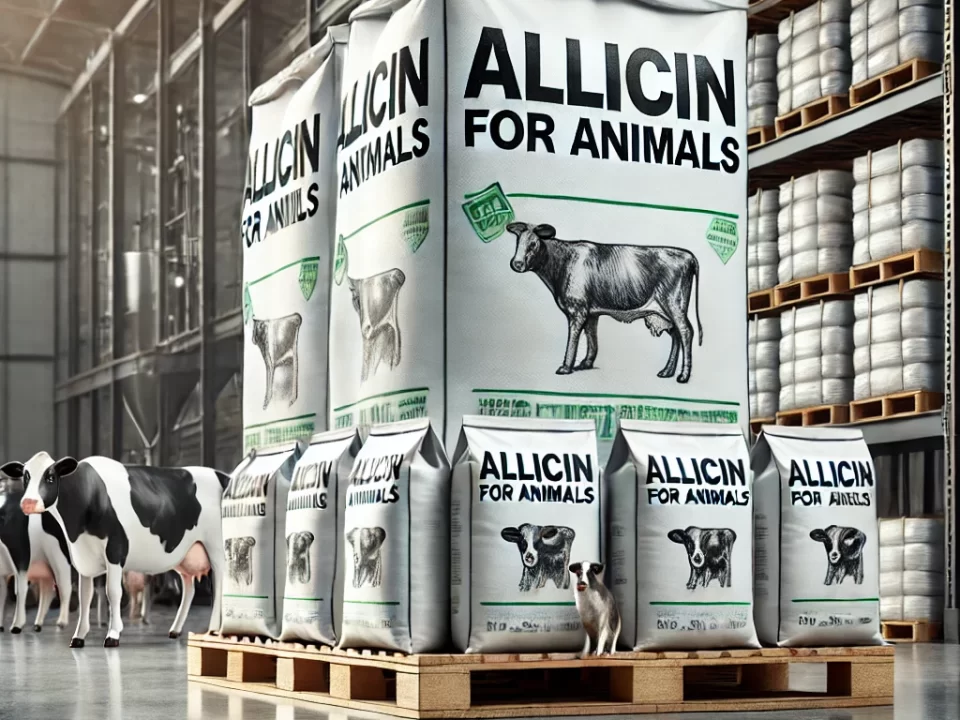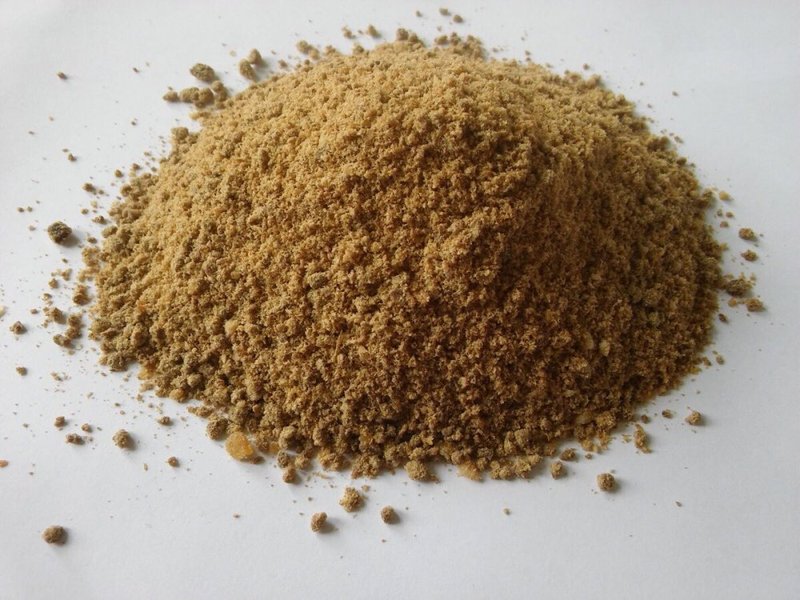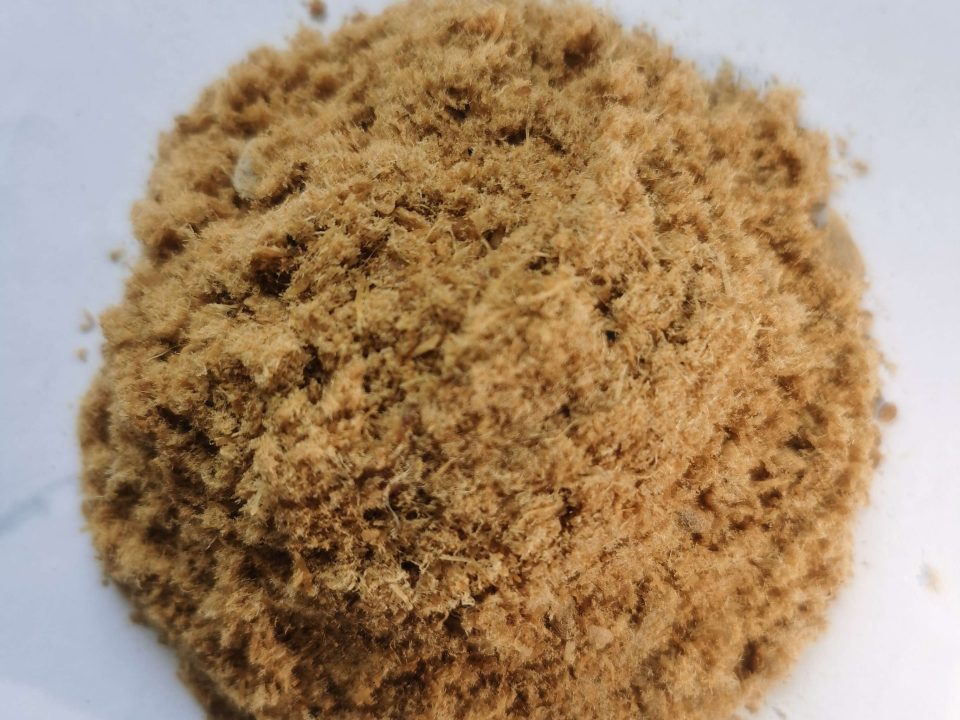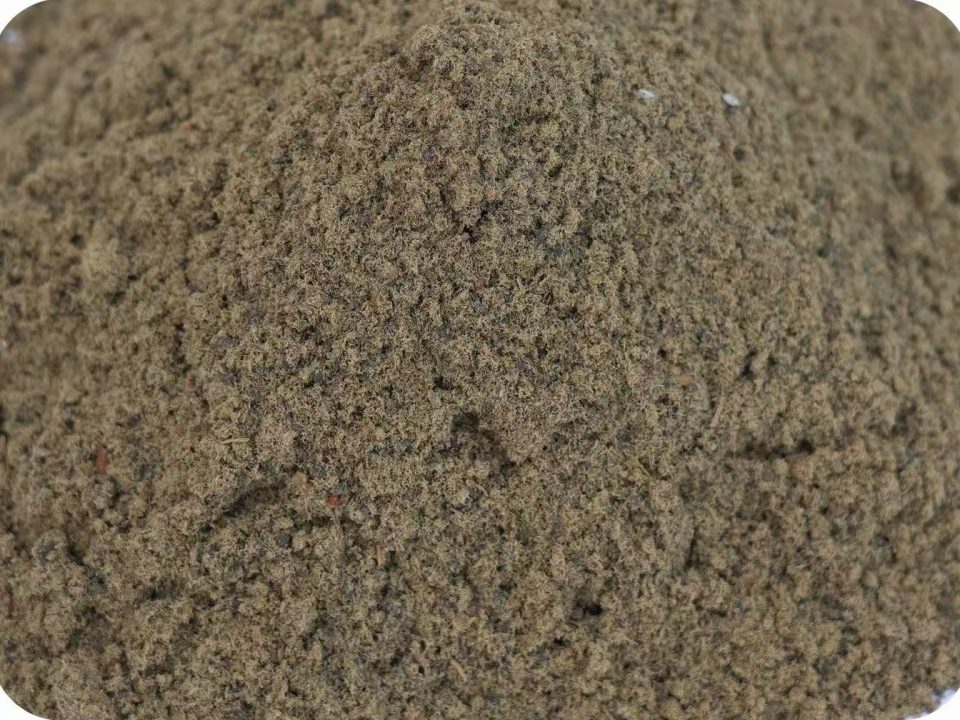Kolin klorür tozlar için hazırlanması bu buluş yöntemi

Kolin klorür kümes hayvanları beslemek için üretmek nasıl?
Kasım 19, 2017
DCP DiCalcium fosfat kümes hayvanları beslemek dereceli
Kasım 23, 2017Bu buluş toz haline getirilmiş bir form ile ilgilidir. Kolin klorür hangisi daha yüksek Kolin klorür İstenilen akış ve depolama özelliklerinin muhafaza edilmesiyle şimdiye kadar bilinenlerden daha fazla içerik, ve bu ürünü üretmek için bir işlem.
Kolin klorür kimyasal bir (2-hidroksietil)trimetilamonyum klorür. B vitamini kompleksinden biri olan kolin kaynağıdır.. Besin faktörü olarak ticari kullanım alanı bulur, öncelikle kümes hayvanları ve domuzlar için besin takviyesi olarak, ve farmasötik uygulamalar için. Saf haldeki bileşik, susuz durum beyazdır, Su veya alkolde çok çözünür olan kristal katı. Oldukça higroskopiktir ve şurup kıvamında bir sıvı haline gelmek için yeterli nemi çok hızlı bir şekilde alır.. Sonuç olarak, Kolin klorür genellikle su çözeltisi olarak satılır. 70% Konsantrasyon yaygın bir ticari formdur.
Kolin klorür – Broylerlerin beslenme gereksinimleri
Broylerlerde kolin takviyesi, 1115 mg/kg'a kadar ağırlık artışında doğrusal bir tepki göstermektedir. 10-22 Yaş günlerinde. Kolin içeriğinin 2000mg/kg'a kadar arttırılması kilo alımını daha da artırır ancak bu değerin üzerinde kilo alımında anlamlı bir artış gözlenmemiştir.. Dolayısıyla aşırı düzeyde kolin takviyesinin ek bir fayda sağlamadığı sonucuna varılabilir..
Kolin klorür – YATMANLARIN BESLENME GEREKSİNİMLERİ
Katmanlar, piliçler gibi, Kolin için temel bir gereksinime sahip olmak. Fosfolipid lesitin oluşumu için kolin gereklidir, yumurta sarısının bir bileşeni. Yumurta tavuklarında kolin miktarlarına ilişkin mevcut NRC tavsiyeleri 105 beyaz yumurta katmanları için mg/gün ve 115 kahverengi yumurta bırakanlar için mg/gün. İki grup için ortalama olarak, yem alım seviyelerinde gerekli diyet kolin konsantrasyonunun olduğu sonucuna varılabilir. 100 ve 110 sırasıyla g/gün, yaklaşık olarak 1100 mg/kg.
Bir tavuğun kolin ihtiyacını etkileyen çeşitli faktörler vardır., yaş gibi, yem alımı ve diyetteki ham protein veya metiyonin düzeyleri. Beslenme gereksiniminin yaşla birlikte azaldığı genel olarak kabul edilmektedir., muhtemelen artan yem alımıyla ilişkili. Metiyonin yumurta üretimini sınırlayan ilk amino asittir ve, Metil grubu bağışında kolin ile ortak işlev göz önüne alındığında, iki besin maddesi arasındaki etkileşimler beklenebilir. Yumurtacılarda kolin ihtiyacı yemdeki metiyonin ve sistein düzeylerine göre de değişmektedir.. M+C açısından zengin bir diyetin kolin gereksinimi düşüktür ve bunun tersi de geçerlidir..
Aşağıdaki örnekler bu buluşun kolin klorür tozlarının hazırlanma yöntemini göstermektedir..
Örnek 1 Diluex kili kullanılarak yapılan hazırlıklar (bir) Sulu bir kolin klorür ve Diluex bulamacının spreyle kurutulması.
Karıştırılarak bir bulamaç hazırlandı 970 bir pound 63% sulu kolin klorür çözeltisi ve 300 kilo Diluex kili. Bu bulamaç şu sıcaklığa kadar ısıtıldı: 140 F. ve viskozitesi vardı 480 centipoises. Bulamaç 3 metre çapındaki bir sprey kurutucuya pompalandı ve 1500 kurutucuya bir ağızlık vasıtasıyla inç kare başına pound. Bulamaç, pompaladıktan sonra, aynı sürede çiftleştiği tespit edildi. Bu şekilde, Kurutulmuş kolin klorür parçacıklarının büyük ölçüde tekdüze bir yüzey emprenyesi meydana geldi. Katı ürün siklon toplayıcı vasıtasıyla ayrıştırılarak bir kaba boşaltıldı.. Aşağıdaki tabloda bu hazırlıkların ayrıntıları verilmektedir, bunların hepsi istikrarlı bir sonuç verdi, Kuru, serbest akışlı Kolin klorür toz ticari kullanıma uygun.
TABLO.-TOZ OLUŞTURULAN KOLİN KLORÜR HAZIRLIKLARI Püskürtmeli Kurutucuya Giren Katı Madde Ürün Uzunluğu Örnek Kolin Katkısı Çalışması (min) Kurtarıldı, Kolin Klorür Yüzde Klorür, Su, (Kuru olarak) Yüzde Yüzde lbs. Tür Lb.
12 Diluex kili 8.3 62 86 58 2.6 13. 7 (1o 4. 2 62 100 68 2. 2 18 Yapmak 5. 2 68 90 78 1.9 19 Ataclay X250. 4. 5 73 94 80 1. 1 11 Barden kili 1. 4 45 100 85 1. 6 20 Ceviz kabuğu unu 3. 5 75 94 78 1.2 14 Dilllex kili+Cab-O-Sil 9:1 4 59 97 74 2′ 1 ağırlık. oranı. 22 Diluex kili+Oab-O-Sil 5. 6 100 99 75 2. 3
97.5125 ağırlık. oranı. 19 Diluex killi-Sodyum bikarbon- 4 95 96 76 2.3
yedim 9:1 ağırlık. oranı.
ürünün toplama tamburlarına akışının periyodik olarak engellenmesi ve akışın yeniden başlatılması için duvarlara çekiçle vurulması gerekmesi. Toplama tamburlarında toplanmış kurutulmuş kolin klorür tozu. Temsil edilen toplayıcıdan geri kazanılan katı miktarı 64% arasında 912 lbs. teorik. Kurutucuyu temizleyerek, bir diğer 15% katı ürünün bir kısmı geri kazanıldı, böylece toplam katı madde sorumluluğunu artırır 79%. Analiz sonucunda ürünün şunları içerdiği tespit edildi: 65% Kolin klorür.
Bu yöntemle, orijinal bulamacın viskozitesinin artmasıyla ilgili zorluklar vardı, kurutma ve toplama sisteminin duvarlarına katı maddeler yapışarak, ürünün topaklanmasıyla, ve düşük verimle.
(B) Sulu kolin klorür çözeltisi ve Diluex'in ayrı ayrı beslenmesiyle sprey kurutma.
Diluex kili doğrudan kurutucunun tepesine beslenirken kolin klorür çözeltisinin tek başına atomize edilmesi dışında aynı sprey kurutucuda ve aynı kurutma koşullarında başka bir hazırlık yapıldı.. Kil, yaklaşık olarak öyle bir oranda sağlandı ki 1 1 pound = 0.45 kg. her biri için kurutucuya beslendi 3.2 lbs. atomize edilmiş kolin klorür çözeltisinin. Kurutucunun duvarlarındaki katı maddeler hızla denge derinliğine ulaştı ve toplama sistemi boyunca kolaylıkla aktı.. Katıların siklon toplayıcıdan boşaltılmasında herhangi bir sorun yaşanmadı. Ürün konteyner varillerine serbestçe aktı ve topaklanma yapmadı. Tamburlarda toplanan katı miktar şu kadardı: 82% Kurutucuya beslenen katıların oranı ve kurutucunun kısmen temizlenmesi bu miktarı arttırdı. 87%. Ortaya çıkan kuru, Analizin içerdiği serbest akışlı katı 72% Kolin klorür.
DİĞER ÖRNEKLER Örnekte açıklanan şekilde bir dizi çalışma yapıldı. 1(B), ancak 4 fit çapında bir sprey kurutucu kullanarak. oranında hava geçirildi 250 Dakikada kübik feet ve odaya yaklaşık 100 °C sıcaklıkta girdiler. 170 için 210 C. ve onu yaklaşık bir sıcaklıkta bıraktık 110 C. bir 63% Kolin klorürün sulu çözeltisi, püskürtmeli kurutucunun bölmesine, bir ağızlık vasıtasıyla, bir basınçta atomize edildi. 100 inç kare başına pound. Toz halindeki katkı maddesi, vidalı bir konveyör vasıtasıyla kurutma odasının üst kısmına, hava girişinin yakınına verildi.. İki besleme akışının kurutma odasına giriş hızı, her iki malzemenin de yaklaşık olarak ekleneceği şekilde ayarlandı.- Aynı şekilde, konsantrasyona kadar diğer sulu kolin klorür çözeltileri kullanılabilir ve toz halindeki katkı maddesinin miktarı, nihai ürünün 100°C'ye kadar kolin klorür içermesini sağlayacak şekilde değiştirilebilir. Bu buluşun kolin klorür tozları tek başına veya hayvan yemlerinde yaygın olarak kullanılan diğer malzemelerle karışım halinde kullanılabilir.. Aynı şekilde, toz başka şekillerde şekillendirilebilir, pelet gibi, istenirse.
Bu buluş sayesinde, there are provided new choline chloride powders of high choline chloride content which are essentially dry, free-flowing and stable, and which are made by a novel and economic process. Such a product fulfills a long standing commercial need.
We claim:
1. A stable, substantially dry, free-flowing powder comprising choline chloride substantially encapsulated by a powdered additive selected from the group consisting of attapulgite clay, a mixture of attapulgite clay and a second additive selected from the group consisting of silica gel and sodium bicarbonate wherein said second additive is no more than 10% of the Weight of the mixture, kaolinite clay, a mixture of kaolinite clay and a second additive selected from the group consisting of silica gel and sodium bicarbonate wherein said second additive is no more than 10% of the weight of the mixture, Ceviz kabuğu unu, and a mixture of walnut shell flour and a second additive selected from the group consisting of silica gel and sodium bicarbonate wherein said second additive is no more than 10% of the Weight of the mixture, said powder containing 68% için 85% choline chloride on an anhydrous weight basis.
2. A stable, substantially dry, free-flowing powder comprising choline chloride substantially encapsulated by an attapulgite clay, said powder containing from about 68% to about 85% of choline chloride on an anhydrous weight basis.
3. A stable, substantially dry, free-flowing powder comprising choline chloride substantially encapsulated by an attapulgite clay having an average particle size of 1.6 için 1.9 mikron, said powder containing from about 68% to about 85% of choline chloride on an anhydrous weight basis.
4. A stable, substantially dry, free-flowing powder comprising choline chloride substantially encapsulated by a mixture of an attapulgite clay and sodium bicarbonate wherein the sodium bicarbonate is no more than 10% of the mixture, said powder containing from about 68% to about 85% of choline chloride on an anhydrous weight basis.
5. A stable, substantially dry, free-flowing powder comprising choline chloride substantially encapsulated by a kaolinite clay, said powder containing from about 68% to about 85% of choline chloride on an anhydrous weight bas s.
6. A stable, substantially dry, free-flowing powder comprising choline chloride substantially encapsulated by walnut shell flour, said powder containing from about 68% to about 85% of choline chloride on an anhydrous weight basis.
7. In a spray-drying process for the production of a v stable, substantially dry, free-fiowing powder containing from 68% to about 85% by weight of choline chloride substantially encapsulated by a powdered additive selected from the group consisting of attapulgite clay, a mixture of attapulgite clay and a second additive selected from the group consisting of silica geland sodium bicarbonate wherein said second additive is no more than 10% of the weight of the mixture, kaolinite clay, a mixture of kaolinite clay and a second additive selected from the group consisting of silica gel and sodium bicarbonate wherein said second additive is no more than 10% of the Weight of the mixture, Ceviz kabuğu unu, and a mixture of walnut shell flour and a second additive selected from the group consisting of silica gel and sodium bicarbonate whereinsaid second additive is no more than 10% of the weight of the mixture, the steps comprising (bir) atomizing an aqueous choline chloride solution into the drying chamber of a spray dryer,
(B) simultaneously feeding into the drying chamber as a separate feed said powdered additive, ve.
(C) collecting the choline chloride powder which has become impregnated with the powdered additive.
8. In a spray-drying process for the production of a stable, substantially dry, free-flowing powder containing from 68% to about 85% by weight of choline chloride, according to claim 7, söz konusu toz halindeki katkı maddesinin, ayrı bir besleme olarak giren hava akımıyla aynı anda kurutma odasına beslendiği adım.
Referanslar Atıfta Bulunulan AMERİKA BİRLEŞİK DEVLETLERİ PATENTLERİ 2,765,231 10/1956 Plitt 992 2,879,161 3/1959 Sevgililer günü 99-2 YABANCI PATENTLER 1,307,421 9/1962 Fransa.
DİĞER KAYNAKLAR Kimyasal Özetler, 59:447 (1963). Watkins, T. C., et al., Böcek İlacı Tozu El Kitabı 25 Seyrelticiler ve Taşıyıcılar, Dorland (1955) P. 4.
Sam Rosen, Birincil Denetçi.
s. ŞARKICI, Yardımcı Denetmen.
Sözleşmenin imzalanması ve imzalanması sırasında, Fred Franklin, Davy Process Technology'nin kıdemli başkan yardımcısı, söz konusu: “Bu tesisin tasarımı ve lisanslanması için Thai Choline Chloride ile çalışmaktan mutluluk duyuyoruz, bu da Davy Process Technology'yi metilamin ve türevlerinin üretimine yönelik lider teknoloji tedarikçisi haline getirecek.”
KOLİN KLORÜR KULLANIMI
Kolin klorür karmaşık bir vitamin/besin maddesidir, Hızlı ve sağlıklı büyümeyi teşvik etmek için hem tavuk hem de domuz yemine eklenen. Kimyasal, etilen oksit ile etilen oksit arasındaki reaksiyonun kullanıldığı bir işlemle üretilir., metanol, amonyak ve hidroklorik asit. TCC, ülkenin ilk kolin klorür üreticisidir.
Besin 25 kg'lık torbalarda toz halinde sağlanır ve 70% sudaki çözüm, tahıl püresini hazırlamak için kullanılan’ HAYVAN YEMİ. Hayvan beslenmesi açısından bakıldığında, fosfatidilkolin biyosentezi için kolin gereklidir., hücre zarının temel bir bileşenidir ve aynı zamanda temel nörotransmitter asetilkolinin öncüsüdür..
üretim
Kolin klorür, hidroklorik asidin susuz trimetilamin ve etilen oksit ile yalnızca orta basınç altında reaksiyonuyla kapalı bir reaksiyon kabında üretilir.. Davy Process Technology tarafından lisanslanan süreç, toplu veya sürekli süreçle eşit şekilde çalışacaktır, Gerektiğinde ticari miktarlarda üretim.


